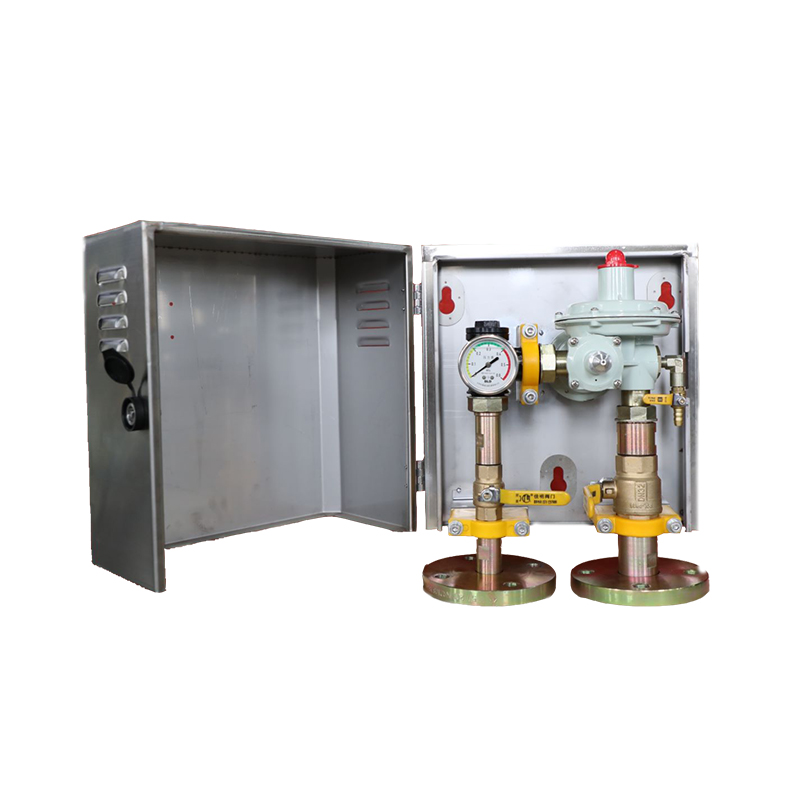
Aug . 17, 2024 17:25
Back to list
Understanding the Functionality and Applications of Pneumatic Control Valves in Industry
A Comprehensive Overview of Pneumatic Control Valves
Pneumatic control valves are critical components in many industrial applications that utilize compressed air to control the flow of gases or liquids. These valves play a vital role in automating processes, allowing for precise control over the systems they are integrated into. This article will explore the function, types, applications, and advantages of pneumatic control valves.
Function and Working Principle
At its core, a pneumatic control valve regulates airflow and pressure in a pneumatic system. The operation of these valves is based on the principles of pneumatics, where compressed air is used to exert mechanical force. The valve can either be normally open or normally closed, depending on the specific application requirements.
When compressed air is supplied to the actuator connected to the valve, it moves a diaphragm or piston that opens or closes the valve depending on its design. This movement alters the flow path of the air or fluid being controlled. By varying the amount of compressed air supplied to the actuator, operators can effectively regulate output flow rates, pressure levels, and the overall operational status of a system.
Types of Pneumatic Control Valves
Pneumatic control valves come in various types, each designed to serve particular functions. The most common types include
1. Globe Valves These valves provide excellent flow regulation because of their ability to control the opening and closing position.
2. Ball Valves Known for their quick and reliable operation, ball valves allow for fast on/off control with minimal pressure drop.
4. Gate Valves These valves are primarily designed for full flow applications where, once opened, they provide minimal resistance.
pneumatic control valve

5. Solenoid Valves Utilizing electromagnetic coils, these valves can open or close swiftly, making them essential for fast-acting applications.
Applications
Pneumatic control valves are used in various industries ranging from manufacturing to pharmaceuticals, food processing, and automotive. They are utilized in applications such as
- Automated assembly lines, where they control the movement of pneumatic cylinders and actuators. - Process control systems, which require precise gas or liquid flow rates. - Transportation of materials and handling, regulating air pressure in pneumatic conveying systems.
Each application benefits from the fast response times, reliability, and ease of control provided by these valves.
Advantages
The use of pneumatic control valves comes with many advantages. Firstly, they offer high speed and responsiveness, which is crucial in environments where timing is essential. Secondly, pneumatic systems are typically less complex, leading to lower maintenance costs. Furthermore, these valves are efficient and adaptable, capable of functioning in a wide range of temperatures and pressures.
Additionally, the inherent safety of pneumatic systems is another compelling reason for their widespread use. Compared to electric systems, pneumatic systems pose less risk of sparks, making them advantageous in hazardous environments.
Conclusion
In summary, pneumatic control valves are indispensable tools in numerous industrial applications. Their ability to regulate airflow and control processes with precision makes them a cornerstone of modern automation. With various types available, each suited for different requirements, and a host of advantages, these valves continue to play a crucial role in enhancing operational efficiency across many sectors. As industries evolve and automation becomes key to improving productivity, the importance of pneumatic control valves will only increase, making them a vital element in future technological advancements.
Latest news
-
Safety Valve Spring-Loaded Design Overpressure ProtectionNewsJul.25,2025
-
Precision Voltage Regulator AC5 Accuracy Grade PerformanceNewsJul.25,2025
-
Natural Gas Pressure Regulating Skid Industrial Pipeline ApplicationsNewsJul.25,2025
-
Natural Gas Filter Stainless Steel Mesh Element DesignNewsJul.25,2025
-
Gas Pressure Regulator Valve Direct-Acting Spring-Loaded DesignNewsJul.25,2025
-
Decompression Equipment Multi-Stage Heat Exchange System DesignNewsJul.25,2025

